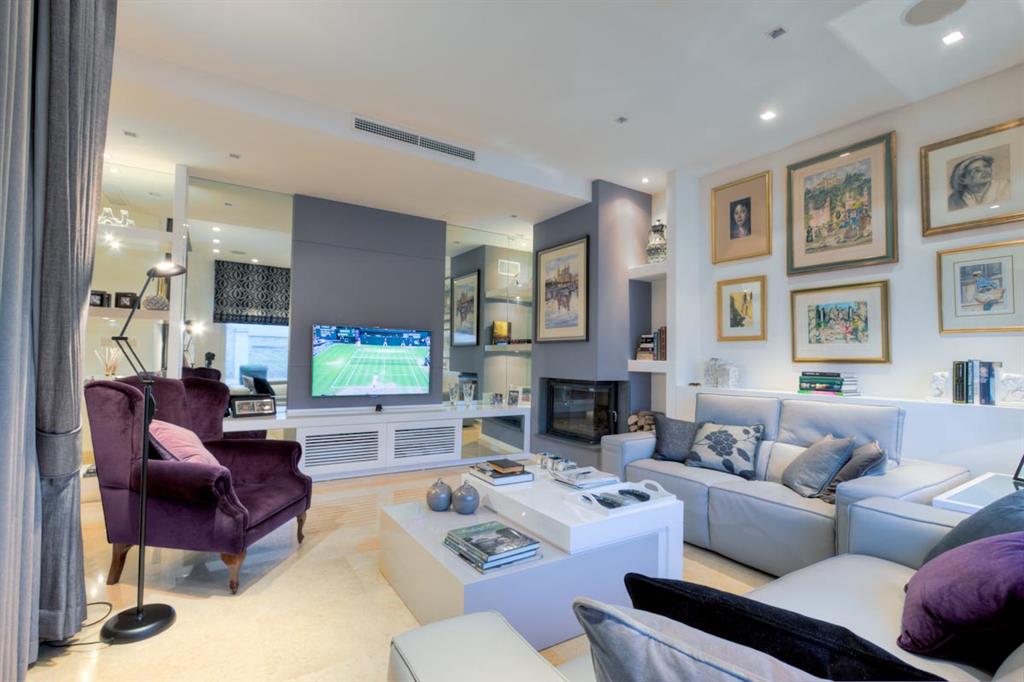
Our living rooms are multi-purpose spaces used for everything from watching television and reading, to dining, entertaining and family games. For this reason good planning and appropriate lighting is vital.
With a flexible lighting scheme, you can create the illusion of different spaces for different activities, all within the living room. It’s not about just setting up the lighting effect because it’s necessary, but it should also accommodate all the events that are taking place.
As with any other room of the home, a well-lit living room requires a combination of ambient, accent and task lighting. The secret to good living room lighting is to have about five circuits; this way you create different layers of light – for instance, decorative light, atmospheric light, sculptural light,
ceiling light and statement light. This might include recessed lighting around the perimeter of the room, a chandelier or central decorative fixture for general lighting, wall lights or down lighters for mood, and portable lamps for reading and other tasks. The more you can vary and control your lighting, the better.
Visually appealing, under-cabinet lighting used in display cabinets provides accent lighting for showcased objects. Portable lamps can deliver ambient, task and accent lighting while giving you the flexibility to move the light wherever you want. Table lamps dotted around the outside edges of the room on shelves and tables will radiate light inwards, making the room feel spacious, yet cosy.
Ambient lighting provides a living room with overall illumination. It radiates a comfortable level of brightness without glare and allows you to see and walk about safely. Ambient light can be provided by chandeliers, ceiling or wallmounted fixtures, and recessed or track lights.
The living room is where accent lighting really comes into its own: use it to highlight collections of books, glass, pictures, plants, ornaments or just one cherished piece to make a real statement. To be effective, accent lighting requires at least three times as much light on the focal point as the general
lighting surrounding it.
Statement lights and chandeliers add style and a decorative focal point to the room. Other sources of light include natural light, which normally fills a living room with a magical feel, so make the most of it with light sheers, which softly allow the light to filter through. Mirrors work well when used to draw in light when positioned in the right place to reflect it. A fireplace is another source of light that creates a great atmosphere and a most welcoming feature in a living room. Candles also provide a warm glow. The use of different textures, such as a glossy, lacquered and metallic finish build up levels of light. A statement piece in a bright colour – may it be a cushion, a feature wall, a piece of furniture, or a lampshade also creates light in a room. The type of flooring has to be chosen with care, especially if the room has no or little natural light.
Before you start, look into the furniture layout – that way you can go into more detail of how to enhance all the interesting pieces in a room. However, don’t restrict yourself by making your lighting plan too fixed. For example, don’t position recessed downlighters at either end of the sofa or above other
items of furniture, as you may want to move it all around at a later date.
Another point to remember is the multimedia wiring; this should be planned at the same time as the electrical wiring. Also make sure that there are enough light sockets – you never have enough of these. This is especially important for dedicated reading areas.